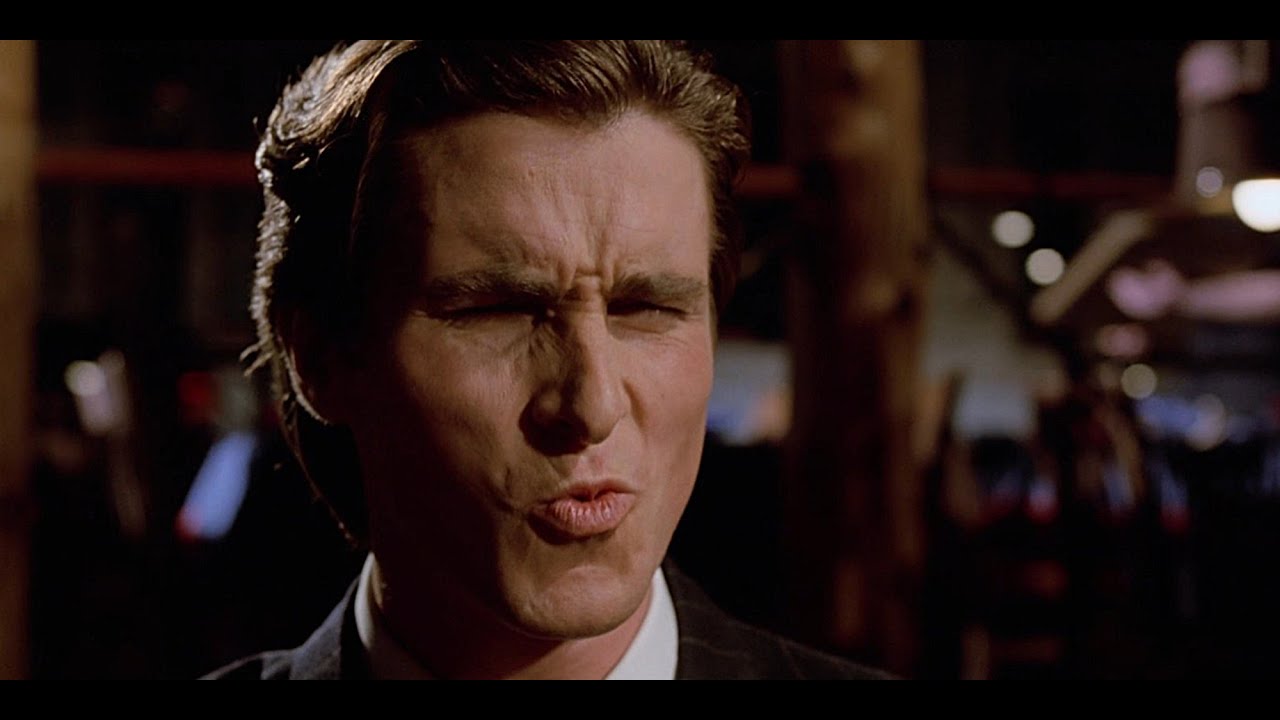In the ever-expanding world of internet culture, meme faces have emerged as one of the most recognizable and beloved tools for expressing emotions, t
In the ever-expanding world of internet culture, meme faces have emerged as one of the most recognizable and beloved tools for expressing emotions, thoughts, and social commentary. These simplistic, often exaggerated drawings transcend language and culture, creating a universal visual shorthand that millions instantly understand. This article dives into the history, evolution, and cultural significance of meme faces, explaining why they remain such a powerful form of online expression in today’s digital world.
Understanding Meme Faces: What Are They?
Meme faces are cartoonish, hand-drawn or digitally created faces that capture a wide range of human emotions—from joy, confusion, and sarcasm to frustration, embarrassment, and anger. These faces are the cornerstone of many internet memes, helping users add emotional context to humorous or relatable situations.
Unlike regular emojis or stickers, meme faces tend to be raw, imperfect, and highly exaggerated, which adds to their charm and effectiveness in communicating feelings. Their simple lines and stark contrasts make them easily recognizable and widely adaptable.
The Birth of Meme Faces: From Rage Comics to Global Fame
The concept of meme faces originated with rage comics, a webcomic style that gained popularity in the late 2000s. Rage comics were simplistic stories depicting everyday situations and social awkwardness using a set of recurring faces known as “rage faces.” These comics were widely shared on forums such as 4chan, Reddit, and FunnyJunk.
Among the earliest and most famous rage faces are:
- Trollface: The mischievous smirk that represents internet trolling and pranks.
- Forever Alone: A sad, lonely face symbolizing social isolation or rejection.
- Y U NO Guy: A frustrated, wide-eyed figure demanding explanations.
- Me Gusta: An odd but satisfied face expressing unusual pleasure.
- Rage Guy (FFFFFUUUU): A furious character used to express extreme frustration.
These faces were initially hand-drawn and pixelated, emphasizing exaggerated expressions and blunt emotional impact.
Why Meme Faces Became a Digital Phenomenon
Meme faces exploded in popularity because they filled a unique niche in online communication:
- Relatability: People loved seeing their everyday emotions and experiences reflected in funny, exaggerated ways.
- Simplicity: The minimalist art style made them easy to create, replicate, and customize.
- Virality: The faces were easily shareable and instantly recognizable, which encouraged rapid spread across social platforms.
- Community: Meme faces fostered a shared understanding and inside jokes among internet users worldwide.
- Emotional Nuance: Text alone often lacks tone; meme faces add an essential layer of emotional clarity and humor.

Meme Faces in Modern Internet Culture
Although rage comics are less common today, meme faces have evolved and integrated into newer formats and platforms:
- Social Media: Meme faces frequently appear as reaction images or GIFs on Twitter, Facebook, and Instagram, often adapted with new captions or combined with other memes.
- Messaging Apps: Many popular apps include meme face stickers or custom emoji packs, allowing users to convey nuanced emotions quickly.
- Video Content: Meme faces are used in YouTube videos and TikTok clips to visually represent feelings and punchlines.
- Merchandise: T-shirts, mugs, phone cases, and other merchandise featuring popular meme faces have become common.
This evolution shows how meme faces continue to resonate even as internet humor shifts.
How Meme Faces Help Communication
Online communication is often limited by the absence of facial expressions, tone, and body language. Meme faces bridge this gap by providing a visual emotional cue, making conversations more expressive and engaging.
For example:
- A sarcastic comment paired with a “Trollface” image immediately signals humor rather than insult.
- Sharing a “Forever Alone” meme face can convey feelings of loneliness in a lighthearted way, inviting empathy or humor.
- Using “Y U NO Guy” to ask why someone hasn’t responded adds playful frustration rather than impatience.
They function like emotive punctuation marks that enhance text messages, emails, and social media posts.
The Artistic Side of Meme Faces
While many meme faces started as crude sketches, artists and meme creators have expanded the concept into digital art, animations, and elaborate comic strips. Some creators even blend meme faces with popular characters or incorporate them into surreal or satirical artworks.
This artistic development helps keep the meme face culture fresh and relevant, inspiring new generations of creators to reinterpret classic faces or invent new ones.
Common Meme Faces and Their Meanings
Here are some of the most iconic meme faces and what they typically represent:
- Trollface: Symbolizes trolling, pranking, or intentionally annoying someone online.
- Forever Alone: Represents loneliness or social awkwardness.
- Y U NO Guy: Expresses confusion or frustration, asking “Why don’t you…?”
- Me Gusta: Shows guilty pleasure or weird satisfaction.
- Rage Guy: Portrays intense anger or rage.
- Okay Guy: Displays reluctant acceptance or sadness.
- Derp/Derpina: Represents stupidity or cluelessness, often for comedic effect.
- Cereal Guy: Known for sarcastic or skeptical commentary.
These meme faces have become internet staples, instantly recognized by millions.
Challenges and Criticisms
Despite their popularity, meme faces are not without criticism:
- Overuse: Some argue that excessive repetition can make meme faces lose their humor and impact.
- Stereotyping: Certain meme faces may unintentionally reinforce negative stereotypes or insensitive humor.
- Cultural Differences: Not all meme faces translate well across different cultures or languages, sometimes causing misunderstandings.
- Commercialization: The widespread commercialization of meme faces raises concerns about diluting their grassroots origins.
Nevertheless, the meme community often adapts and self-corrects to keep the culture vibrant.
The Future of Meme Faces
With technological advances and shifting digital habits, meme faces are likely to evolve further:
- Animated and Interactive Memes: More meme faces could become dynamic or interactive, used in VR, AR, or apps that respond to user input.
- Personalized Meme Faces: AI-powered tools may allow users to create customized meme faces that resemble their own expressions.
- Cross-Platform Integration: Meme faces will continue to permeate various digital spaces, from gaming to virtual meetings.
- Cultural Fusion: As internet culture globalizes, new meme faces may emerge blending styles and expressions from diverse cultures.
Meme faces will remain a vital form of digital expression, reflecting and shaping how we communicate online.
Frequently Asked Questions (FAQs) About Meme Faces
Q1: What is the difference between meme faces and emojis?
Meme faces are usually hand-drawn or crudely illustrated with exaggerated emotions, often linked to specific jokes or scenarios. Emojis are standardized digital icons designed for universal use in messaging apps, generally less expressive or narrative-driven than meme faces.
Q2: Why did meme faces become so popular on the internet?
Their relatability, simplicity, and humor made meme faces easy to create, share, and understand, fostering a strong sense of community and shared experience online.
Q3: Are meme faces still used today?
Yes, meme faces continue to be widely used, though often in updated forms such as animated GIFs, stickers, or integrated with new meme formats on social media.
Q4: Can meme faces convey complex emotions?
Absolutely. Despite their simple design, meme faces effectively capture a wide range of nuanced emotions and reactions, enhancing digital communication.
Q5: Who created the first meme faces?
The earliest meme faces appeared in rage comics from internet forums like 4chan and Reddit, created by anonymous users around 2008-2009.
Q6: Can meme faces be considered a new form of language?
Yes, in a way. Meme faces serve as visual shorthand for emotions and social cues, functioning like a digital dialect that transcends words.
Q7: Are meme faces copyrighted?
Most classic meme faces originated as user-created content shared freely online, making their copyright status complicated. Many exist in a sort of communal digital commons.
Q8: How do meme faces differ across cultures?
Some meme faces are universally understood, but others rely on cultural context, so their meaning may shift or not be recognized in different regions.
Q9: Can I create my own meme faces?
Definitely! Meme culture thrives on creativity, and many websites and apps allow easy creation and sharing of custom meme faces.
Q10: Will meme faces become obsolete?
While formats may evolve, the core idea of using exaggerated facial expressions for humor and communication is likely to persist as long as people use the internet.
Must Visit: infromednation




COMMENTS